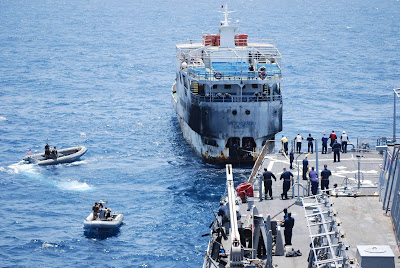Farm living might not be the life for you but farm subsidies are appreciated, especially by the more than 2,700 millionaires receiving them.
A Government Accountability Office study — with the catchy but not-so-succinct title of “FEDERAL FARM PROGRAMS: USDA Needs to Strengthen Controls to Prevent Payments to Individuals Who Exceed Income Eligibility Limits” — reported that more than $49 million was paid between 2003 and 2006 to those exceeding a $2.5 million gross income limit for the programs. Examples of those receiving farm subsidies, according to the report:
• An individual with ownership interest in a professional sports franchise received a total of more than $200,000 in farm program payments for 2003, 2004, 2005, and 2006 that were subject to the AGI (adjusted gross income) provisions.
• A top executive of a major financial services firm received more than $60,000 in farm program payments in 2003. The individual received these payments directly, not through an entity.
• A former executive of a technology company received about $20,000 in total farm program payments in years 2003, 2004, 2005, and 2006 that were subject to the AGI provisions. This individual also received more than $900,000 in farm program payments that were not subject to the AGI provisions.
Unfortunately, the report didn’t name names. However, Environmental Working Group has a nifty little database that lets you pull up names in a farm subsidy database. Just spending a few minutes I found a company receiving a total of $397,973 in USDA subsidies between 1995-2006. The company is called BP America Production. BP. Hmm. Where have I heard that name before? The database says ownership of the entity are the “Members of Amoco Corporation.” Apparently, this company with some very heavy names in the “earl bidness” has farms or, at least land in Texas and southern Louisiana, where it gets money for not growing something or other. Dang. Why didn’t I get in that bidness? I sure would like to get $400,000 for not growing something. And you know, I bet I would be good at not growing things.

